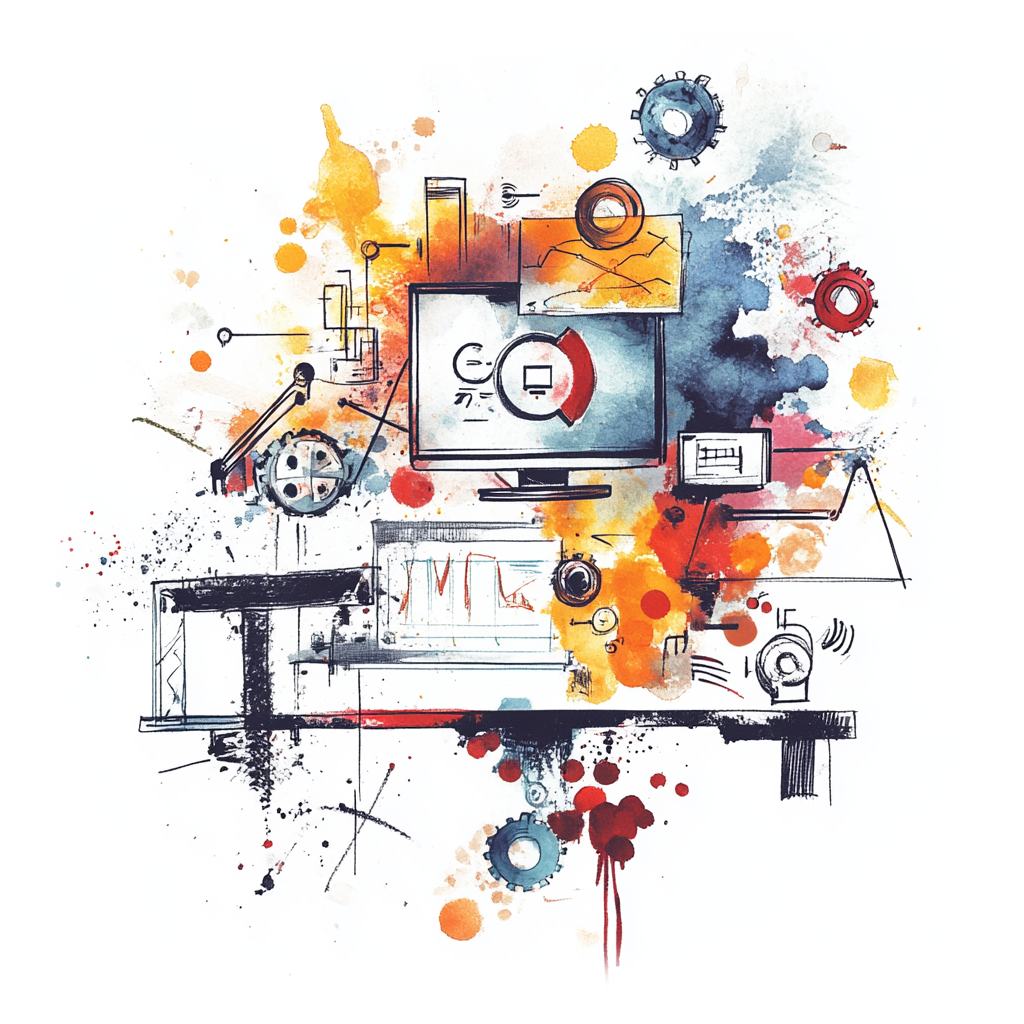Leveraging Self-Owned AI in Maritime Shipping
Learn how Maritime Shipping companies can leverage self-owned AI to enhance their operations and drive innovation.

Navigating the Future of Maritime Shipping: Your Own AI for Upstream Operators
The maritime shipping industry plays a vital role in the global economy, facilitating the movement of goods across vast oceans. For upstream operators, the quest for efficiency, safety, and innovation is a constant journey. In this digital age, harnessing the full potential of artificial intelligence can elevate operations to unprecedented heights. Imagine having your very own AI—custom-trained to understand your unique challenges, processes, and goals. This isn’t just a far-off dream—it’s closer than you think.
Real-World Use Cases in Maritime Shipping
-
Predictive Maintenance: Picture this: a critical piece of machinery on a vessel suffers a failure, causing costly delays. Your AI can analyze historical data and predict when that machinery might need servicing. By catching issues before they happen, you can save time and money, ensuring that your fleet stays operational longer.
-
Fuel Optimization: In an industry where fuel costs can eat into profits, your AI can optimize routes based on real-time weather data, currents, and even historical shipping patterns. This means your vessels can navigate the best paths while reducing fuel consumption—think of it as having a personal navigator that always knows the most efficient way to go.
-
Crew Management: Staffing can be a juggling act, but your AI can streamline this process. By analyzing patterns in crew performance, your AI can help schedule shifts, manage training, and even identify areas where additional support might be needed. Happier, better-prepared crews lead to smoother voyages.
-
Regulatory Compliance: The maritime industry is heavily regulated, with layers of requirements that can be overwhelming. Your AI can stay abreast of the latest regulations, helping ensure your operations are compliant. This not only saves headaches down the line but can also prevent costly fines.
-
Cargo Handling & Optimization: Inefficient cargo loading and unloading can lead to delays and increased costs. Your AI can simulate different cargo configurations, identifying the most efficient ways to maximize space and minimize loading times. It’s like having a logistical mastermind on your team!
Why Choose Your Own AI?
Now, you might be wondering, “Why should we invest in our own AI?” There are a multitude of reasons, especially when it comes to a self-hosted solution:
-
Tailored Solutions: Off-the-shelf AI solutions are often generic and can miss the mark for your specific needs. With your own AI, you tailor it to fit your operations, addressing the unique challenges faced by your organization.
-
Data Privacy: Your company’s data is invaluable. By self-hosting, you maintain control over your information, ensuring it remains secure and confidential, free from the pitfalls of third-party cloud services.
-
Cost Efficiency: While there may be an initial investment, having your own AI can pay dividends in the long run. Reduced operational costs, fewer delays, and optimized processes can lead to substantial savings.
-
Scalability: As your business grows, so can your AI. A self-hosted solution allows you to continually adapt and evolve your AI capabilities in line with your operational needs.
Steps to Create Your Own AI
So, how do you embark on this journey? Here’s a straightforward roadmap to help you chart a course:
-
Assess Your Needs: Identify the key areas where you believe an AI could make the biggest impact. Talk to your teams and gather input on what challenges they face daily.
-
Gather Data: Collect historical data relevant to your operations. This can include maintenance logs, performance metrics, and crew schedules. The more data you have, the better your AI can learn.
-
Choose the Right Technology: There are several platforms and frameworks available for building your own AI. Research options that suit your budget and technical capabilities, such as TensorFlow or PyTorch.
-
Train Your AI: With your data in hand, it’s time to start training. You might need to enlist data scientists or collaborate with experts to optimize your AI’s learning process.
-
Implement: Once your AI is trained, it’s ready for a test run! Start with pilot projects to gather feedback and assess its effectiveness.
-
Iterate and Improve: The journey doesn’t end with implementation. Continuously monitor your AI’s performance and update it with new data and insights gleaned from its operation. Adaptability is key.
In a world where efficiency makes the difference between success and struggle, harnessing your own AI can chart a new course for maritime shipping upstream operators. By focusing on the unique challenges of your industry, creating a tailored solution, and maintaining control of your data, the potential rewards are boundless. The sea of opportunity awaits—are you ready to take the helm?
